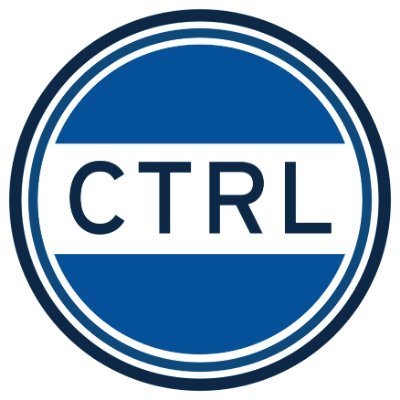Accessibility in the Classroom:
Insights from CTRL-Student Partnership
By Talia Marshall and Abigail Goldner Morris
Spring 2023
This past semester, CTRL implemented its first student-led collaboration project that centered accessibility in learning environments. Below is a reflection by Abigail Goldner Morris and Talia Marshall about their experiences.
Consider several scenarios from the student perspective:
- Your professor has assigned a movie for class next week, but when you sit down to watch it, you can’t follow it because there are no closed captions.
- A personal emergency comes up, and you have to prioritize an assignment over your wellbeing, again, because your class has a strict “no late work” policy.
- You download a reading from Canvas and try to highlight key passages but can’t because the PDF was not uploaded in an accessible format. These are a few examples of classroom access needs that often go unmet at AU.
When access needs are met, students and professors alike have more of an opportunity to thrive. This might look like a class discussion where everyone has had the opportunity to meaningfully engage with the content. It might look like an assignment turned in or graded a bit later than expected but completed by someone who just needed some extra time to ensure they did not crack. Increased access in the classroom helps everyone.
As students in the American Studies program, we have both taken a number of classes with Dr. Aho, whose classes consistently prioritize access and provide insight into the world of disability studies. After taking their classes “Disability, Health, and Normality” and “Mental Health, Madness, and Neuroqueerness” in the 2020-2021 school year, we wondered how we could apply some of what we learned in order to encourage accessibility in more classrooms at AU.
After being in classroom environments that we found inaccessible, simply because accessibility is rarely laid out or explained to faculty, we reached out to Dr. Aho to see if there was a way for us to help create access guidelines for classrooms from a student perspective. Coincidentally, CTRL was looking for student-led projects to begin laying the groundwork for student partnerships. Dr. Aho connected us with Hannah Jardine, a Teaching and Learning Specialist at CTRL in December, and we made plans to begin work in January.
Throughout the semester, we coordinated meetings between ourselves, Dr. Aho, and CTRL, creating a student/faculty/administrative partnership that proved to be a learning experience for all of us. We were able to share the student experience of access–for example, the way that a content warning on a lecture can change an entire semester of a class for a student. Dr. Aho provided the faculty perspective, telling us about how explaining something like flexible deadlines to their colleagues demonstrated the way that access in the classroom can be beneficial to everyone involved. Hannah and Gavin Frome from CTRL gave insight into the administrative side, helping us to understand CTRL’s approaches to faculty’s pedagogical and professional development.
Our research began by revisiting the work we had done in class with Dr. Aho, which led us to additional scholarship that helped us think about the arguments for the importance of accessibility. We then looked at existing resources from other institutions in order to think through how we wanted to structure our materials. In our meetings, we reviewed our research and discussed how we could most effectively share our work with the AU community.
We see this project as a starting point for increased accessibility at AU, and a set of resources for people who already know that access is important and are wondering where to begin. The next step is to create resources or trainings to promote accessibility practices to those who may not yet know why it is so important.
A semester’s work of research and collaboration led to the creation of an updated accessibility guide for AU. We put together guidelines for adding alternative text to visual content, creating access copies for lectures and presentations, using the most readable fonts and text sizes, and much more. As students, we know that we do better in accessible classrooms, and from our conversations this semester, we know that the same is true for faculty. Making your classes more accessible is one critical way to show your students that they are supported, listened to, and important, which creates a better learning and teaching environment for us all.
This experience taught us:
- How to more effectively collaborate in the online environment
- Provided an opportunity to further our work in disability studies outside of the classroom
- Helped us to better understand academia beyond our individual experiences as students.
We hope that all faculty review the accessibility guide and use the information to make their courses and learning spaces more accessible. Access is good for everyone!
Author Profiles
Talia Marshall is a rising senior in the College of Arts and Sciences with majors in American Studies and Literature and a minor in Women’s, Gender, and Sexuality Studies.
Abigail Goldner Morris graduated in May 2022 with a degree in American Studies and Women’s, Gender, and Sexuality Studies.
Both Talia and Abigail have earned the new certificate in Disability, Health, and Bodies.


